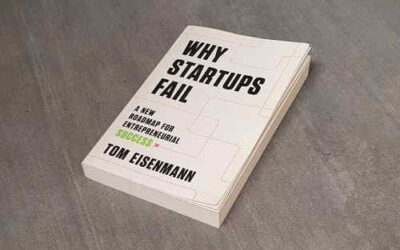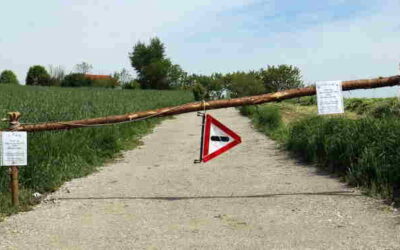Assigning value to individual essential patents
Let’s assume for the moment that the patent owners and the users of the standard have agreed on a combined RAND royalty rate for the use of all essential patents. What is a reasonable royalty rate for 10% of these essential patents, or for a single essential patent?
You could simply charge 10% of the aggregate RAND rate (the hypothetical rate for all essential patents), but that assumes all essential patents are equal. There are, however, good reasons to differentiate between the value of individual essential patents:
- An essential patent may be found invalid when challenged.
- Some products may not infringe all essential patents.
- Detection of infringement may not be feasible in practice for all essential patents.
Only patents that are valid and infringed will generate sustainable license income. The other essential patents play a marginal role. Manufacturers of products will want a license to reduce the risk of future claims, but they will pay far more for patents that have survived a validity challenge and are obviously infringed by the manufacturer’s products.
RAND royalty rate of a single patent based on its contribution to generate license income
In an article on IPWatchdog.com, I compare different methods that have been tried to determine the RAND royalty rate for a subset of all essential patents, and suggest a method that is based on each patent’s contribution to generating license income.
Read more: “The Royalty Rate for a Subset of Standard Essential Patents – What Is Reasonable?“
The article “The effect of patent royalties on the adoption of standards” analyses the impact of the cumulative royalty rate for the use of all essential patents.
By setting the right the terms and conditions for intellectual property licensing, standards development organizations (SDOs) create optimal conditions for the adoption of their standard. A RAND license policy invites contributions from owners of relevant technology but prevents royalties from getting so high that it prevents adoption of teh standard.




